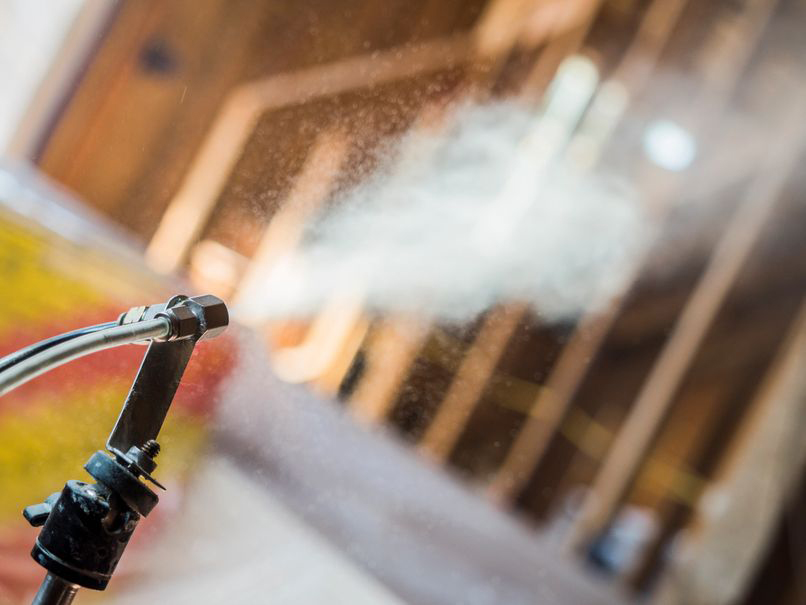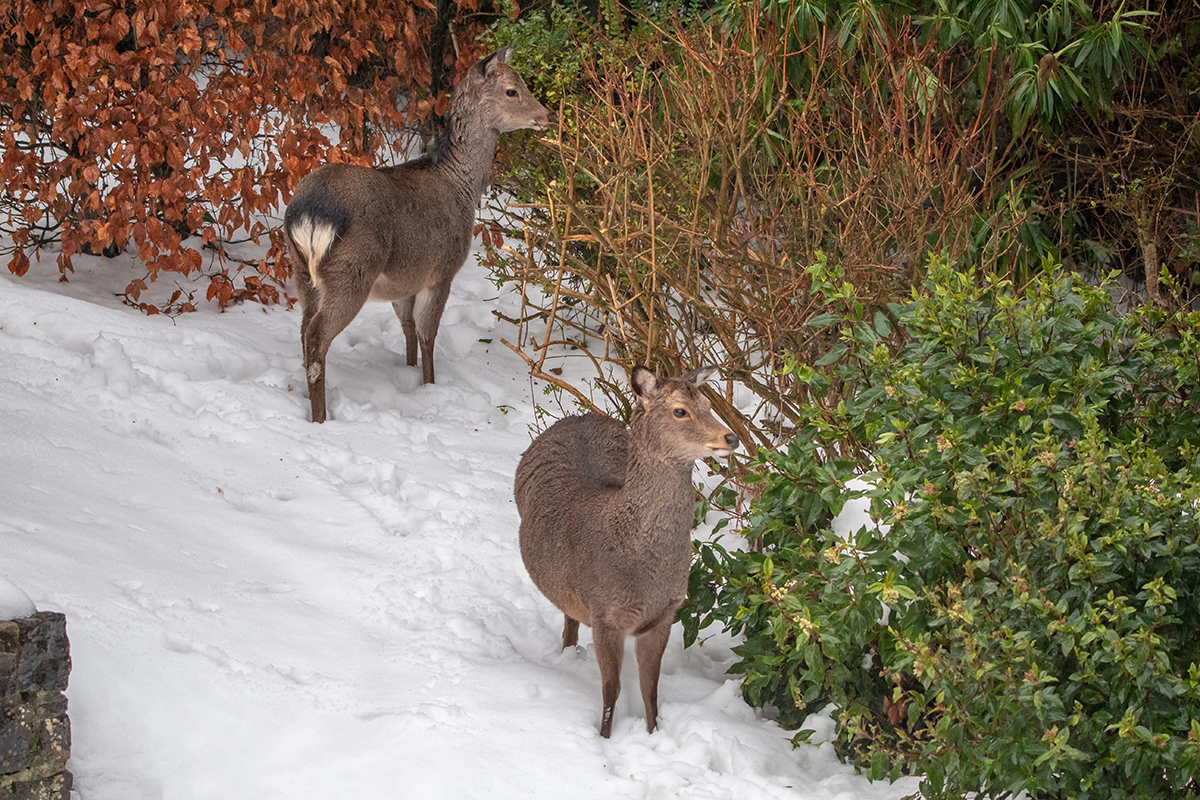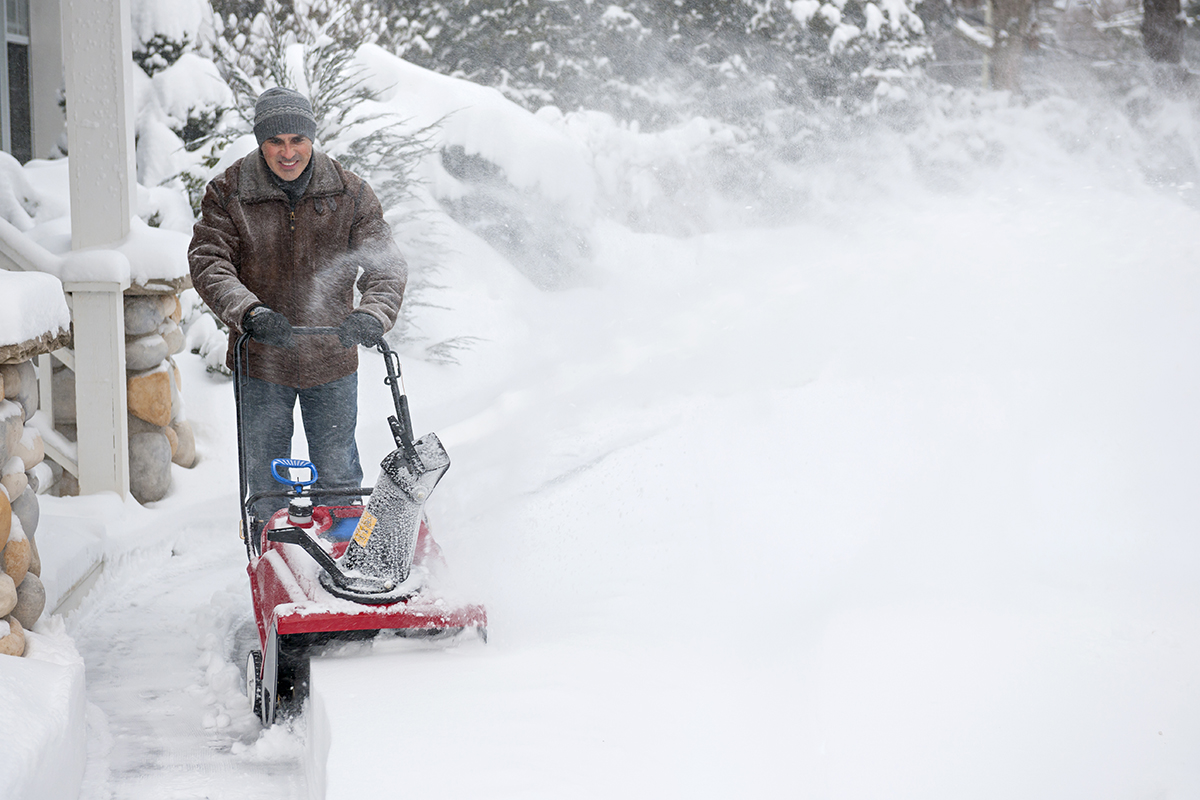Writer | Matt Davidson
Photo | Gary Gee
Birds of Early Spring
Early spring bird watching in Michigan comes with challenges due to the often frigid weather, but it also brings with it unique opportunities to see visitors that normally reside elsewhere throughout the rest of the year.
According to Ian Redmond, whose birdwatching pedigree stretches back decades, this time of year affords Michigan residents the opportunity to see species that are often hidden by foliage during the rest of the year. It also offers a chance to catch sight of migratory vagrants passing through on their way elsewhere.
“Dark-Eyed Juncos, and American Tree Sparrows are common during this time but not so much outside this time,” Redmond says, regarding the birds that can be seen in early spring. “Rarer species include the Snowy Owl, White Winged Crossbill, Snow Bunting, Lapland Longspur and other vagrants.”
Due to our unique location and climate, residents of our state are often able to catch views of species of birds that normally reside far north of us. Ian says that one of the key ways to find birds this time of year is to locate open water.
“Open water gets to be scarce, so ducks and gulls congregate in the fewer areas with open water,” Redmond says. “Additionally, I tend to see the most species of ducks during this period. As spring approaches, migrants start to come through and there are still few leaves on the trees.”
Different types of birds can be found in various regions of the state. The farther north you go will increase your chances of catching sight of what are usually Arctic-dwelling birds. I was blessed this year with having a group of Evening Grosbeaks bring their rowdy group and frequent my feeders.
The State of Michigan partners with conservation groups that are dedicated to creating birding trails across the state. The taxpayer- and conservation organization-funded conservation zones created defined trails set up near different types of prime bird-viewing habitats.
Nine major birding trails are located throughout the state including the AuSable Birding Trail, the Beaver Island Birding Trail, the North Huron Birding Trail, the Saginaw Bay Birding Trail, the Sleeping Bear Birding Trail, the St. Clair-Macomb Birding Trail, the Sunrise Coast Birding Trail, the Superior Birding Trail and the Thornapple Birding Trail. Each trail offers unique opportunities to take in stunning natural scenery and to see many different species of birds during different times of the year.
You’ll find that many of the formal birding trails are centered around the Great Lakes or flowing rivers or marshy wetlands where ice doesn’t form. These are often the very last places to freeze if they do so and the first spots to open back up in the spring, attracting both year-round residents and migratory birds on their journey either north or south depending on the species. More information on these can be found on the Michigan Department of Natural Resources website at michigan.gov/dnr.
Some special ways to get newcomers and children into birding have been set up by different organizations, such as the Great Backyard Bird Count which takes place for four days each year from Feb. 17-20. Anyone can participate using three easy steps: 1. Pick a set location for your observation period. 2. Watch for birds for 15 or more minutes at least once during those three days. 3. Identify what bird species and numbers you saw during that time and report your findings on BirdCount.org.
Leave no trace behind is a mantra that many live by, including conscientious bird watchers. Minimizing your impact on the environment around you and avoiding doing anything to distress the birds themselves is important.
Oftentimes birders will find themselves observing them during courting and mating seasons or while they have young. As good stewards of the natural world, we surely don’t want to do anything that would be disruptive to our feathered friends.








